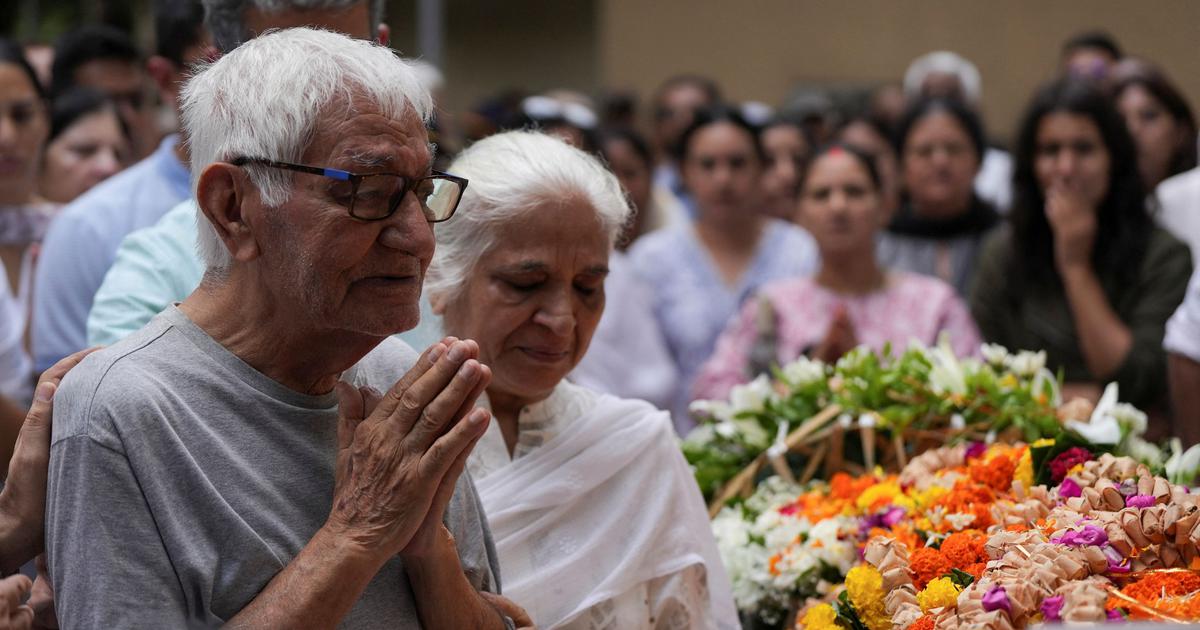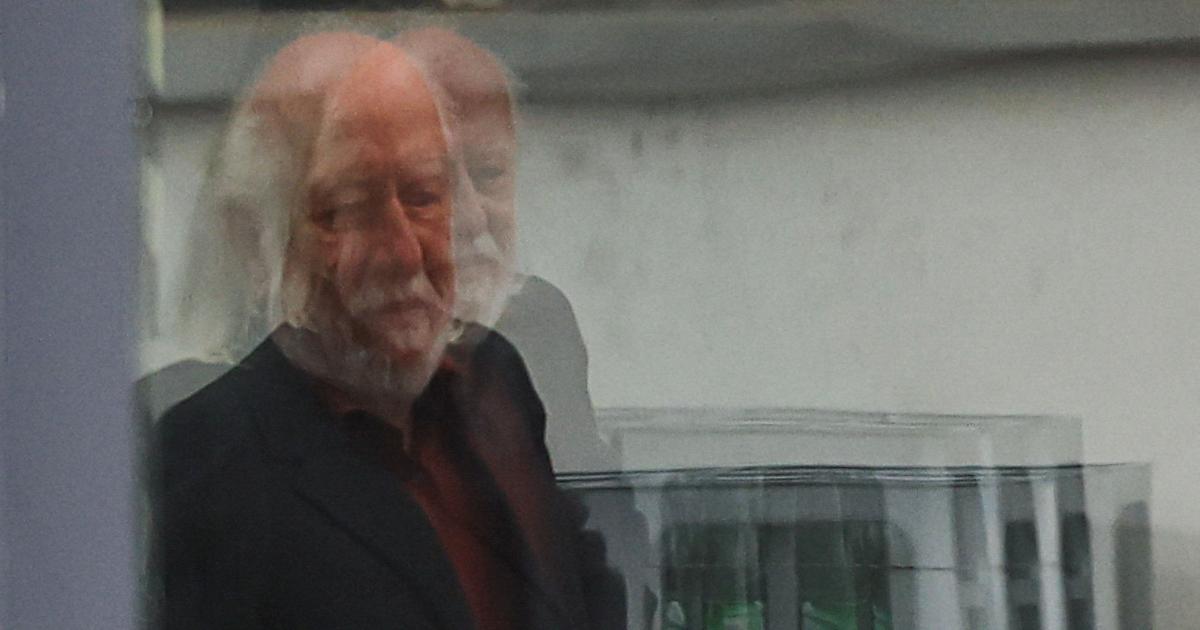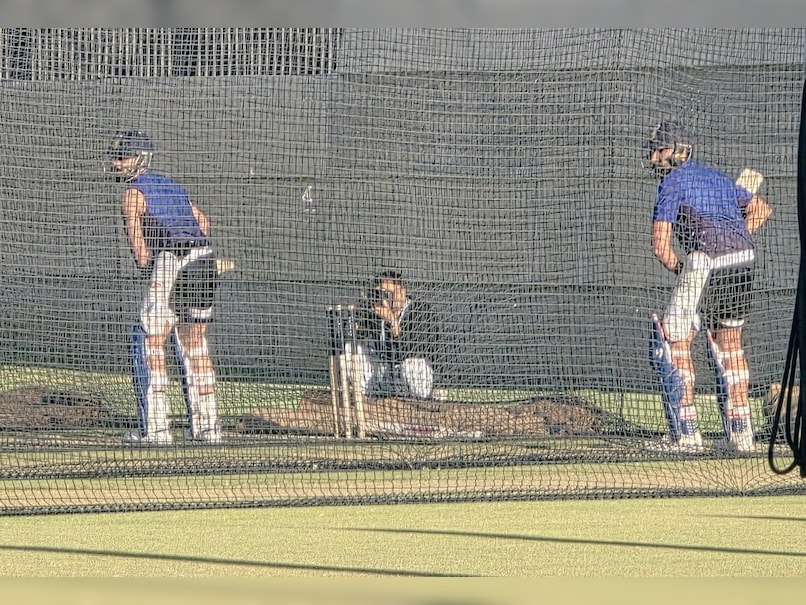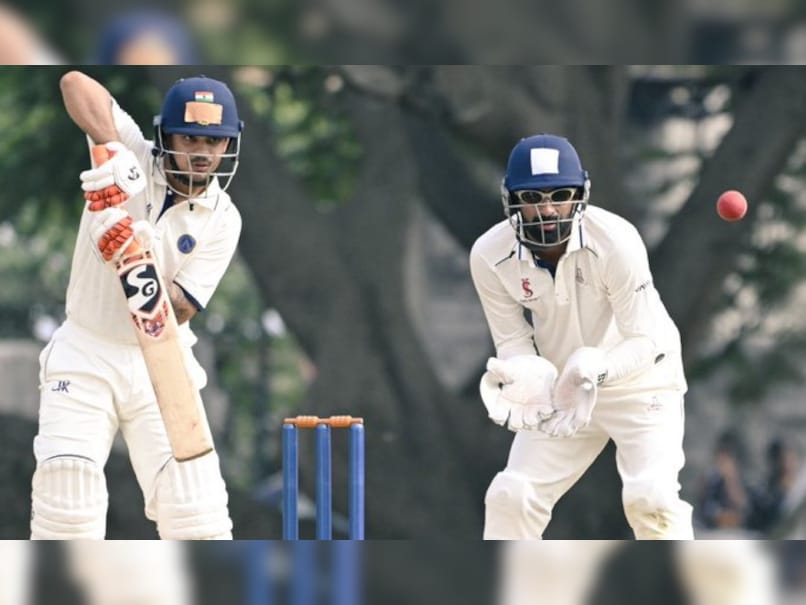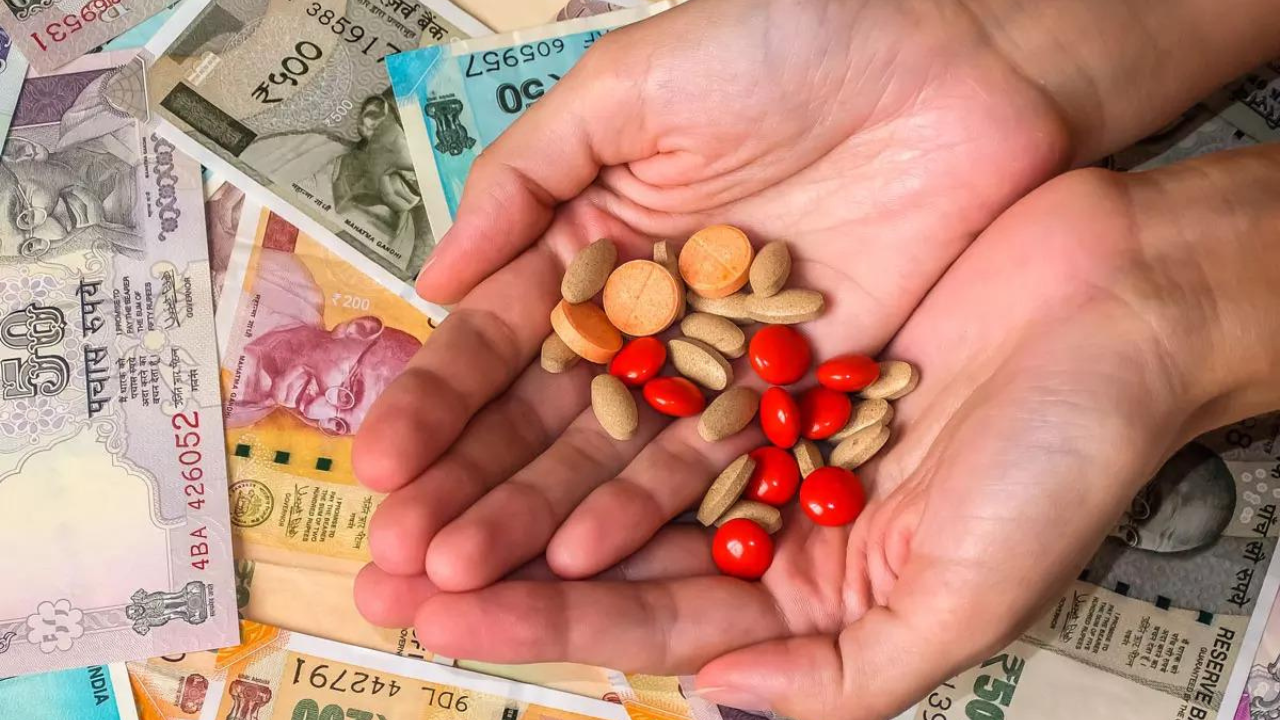How Salim used a painting of his grandfather and an astrolabe to forge a new royal identity
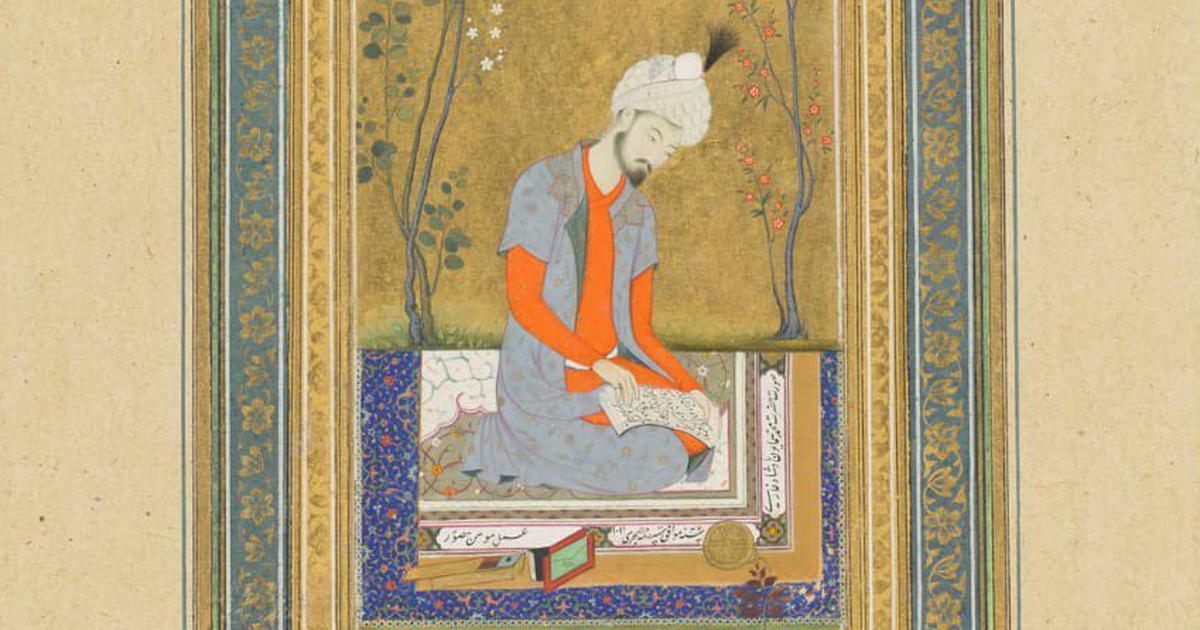
Join our WhatsApp Community to receive travel deals, free stays, and special offers!
- Join Now -
Join our WhatsApp Community to receive travel deals, free stays, and special offers!
- Join Now -

In 1603, Shahzada Salim, the future Badshah Jahangir, commissioned a curious portrait. In it, his grandfather, the second Mughal Badshah Humayun, kneels on a richly patterned blue carpet, reading a poem by the 13th-century Persian poet Sa’di. The verse is from a collection titled Bustan or Fragrant Garden, mirroring the dreamlike, classical Iranian paradise in which Humayun seems to be seated.
A number of objects are placed next to him bespeaking his well-documented cerebral nature – an open pen-box, manuscript, portfolio and, on the right, a metal disc relieved with the design of a cross: a planispheric astrolabe. The painting, by the artist Mohan, is titled after the instrument – Humayun with astrolabe, a reproduction of which is on view at the Humayun’s Tomb World Heritage Site Museum in New Delhi.
Invented in the ancient Hellenistic world, the astrolabe comprised two components: the rete, which is a two-dimensional projection of the night sky, and the tympan, which is an interchangeable plate, calibrated for a specific latitude, that sits atop the rete and is marked by lines indicating height above the horizon and direction.
Used for measuring the altitude of celestial bodies above the horizon, the astrolabe lent itself to a variety of related purposes: determining their positions, calculating latitudes for terrestrial...
Read more
What's Your Reaction?
 Like
0
Like
0
 Dislike
0
Dislike
0
 Love
0
Love
0
 Funny
0
Funny
0
 Angry
0
Angry
0
 Sad
0
Sad
0
 Wow
0
Wow
0






